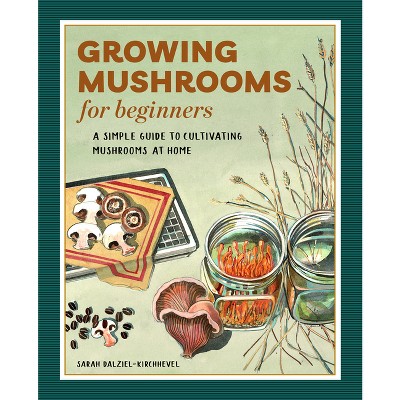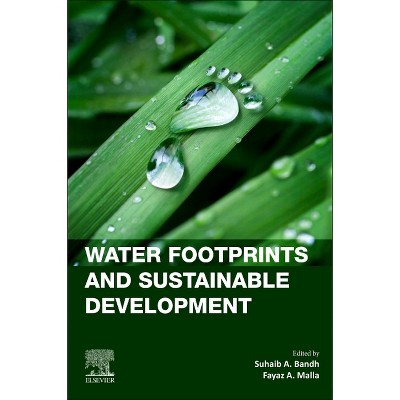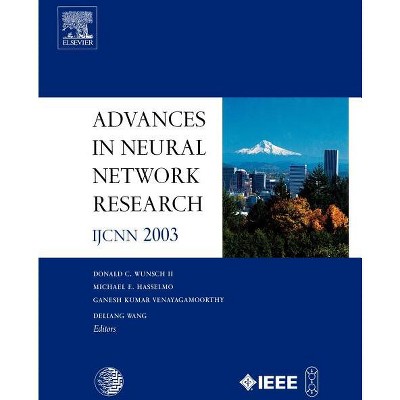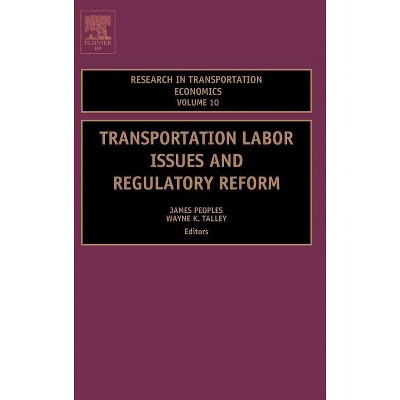Sponsored

Drought Challenges - (Current Directions in Water Scarcity Research) by Everisto Mapedza & Daniel Tsegai & Michael Bruntrup & Robert McLeman
In Stock
Sponsored
About this item
Highlights
- Drought Challenges: Livelihood Implications in Developing Countries, Volume Two, provides an understanding of the occurrence and impacts of droughts for developing countries and vulnerable sub-groups, such as women and pastoralists.
- Author(s): Everisto Mapedza & Daniel Tsegai & Michael Bruntrup & Robert McLeman
- 386 Pages
- Science, Earth Sciences
- Series Name: Current Directions in Water Scarcity Research
Description
About the Book
"Drought Challenges: Livelihood Implications in Developing Countries, Volume Two, provides an understanding of the occurrence and impacts of droughts for developing countries and vulnerable sub-groups, such as women and pastoralists. It presents tools for assessing vulnerabilities, introduces individual policies to combat the effects of droughts, and highlights the importance of integrated multi-sectoral approaches and drought networks at various levels. Currently, there are few books on the market that address the growing need for knowledge on these cross-cutting issues. As drought can occur anywhere, the systemic connections between droughts and livelihoods are a key factor in development in many dryland and agriculturally-dependent nations and regions; even so, there is limited interaction and coordination across practitioners, governments, and institutional 'silos' on tackling the challenges posed by drought. However, attitudes are changing, and there is growing recognition of the need for future cooperation and innovation between silos. Drought challenges: Livelihood Implications in Developing Countries bridges the gap by brining various actors together to work for a common purpose." -- Back cover.Book Synopsis
Drought Challenges: Livelihood Implications in Developing Countries, Volume Two, provides an understanding of the occurrence and impacts of droughts for developing countries and vulnerable sub-groups, such as women and pastoralists. It presents tools for assessing vulnerabilities, introduces individual policies to combat the effects of droughts, and highlights the importance of integrated multi-sectoral approaches and drought networks at various levels. Currently, there are few books on the market that address the growing need for knowledge on these cross-cutting issues. As drought can occur anywhere, the systemic connections between droughts and livelihoods are a key factor in development in many dryland and agriculturally-dependent nations.
Shipping details
Return details
Trending Non-Fiction


















